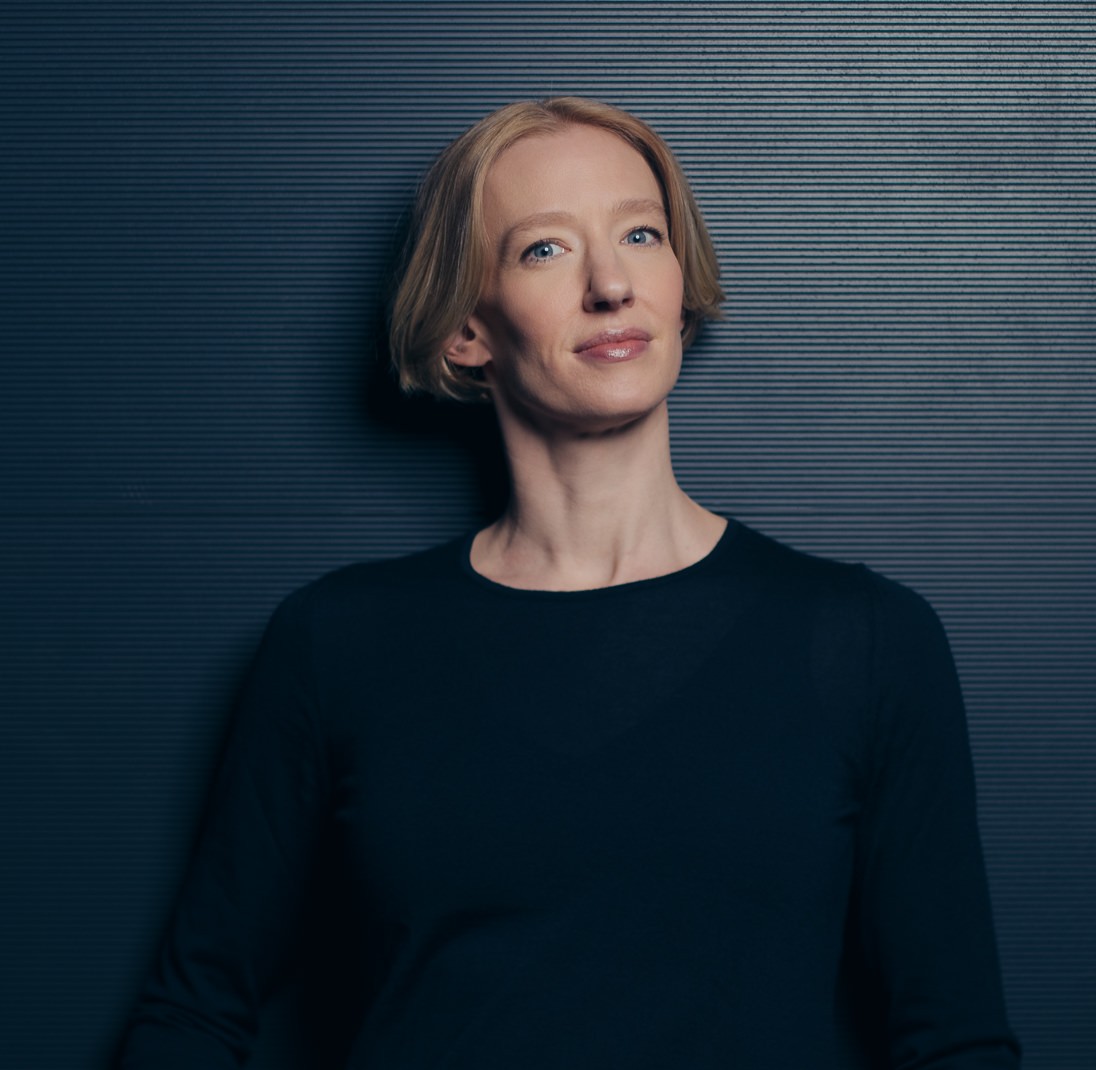16.00 Uhr
Neujahrskonzert
 Joana Mallwitz © Simon Pauly
Joana Mallwitz © Simon Pauly
Chief conductor Joana Mallwitz in an interview on the upcoming season
I've known Alice for a very long time. We even studied with the same teacher as children and I'm really looking forward to our time together here at the Konzerthaus Berlin. She is an absolute virtuoso. I have always been particularly impressed by the care and narrative arc with which she creates her programmes. I feel very close to her in that respect. We have planned two very different concert weeks together. With Beethoven's 3rd Piano Concerto, Alice is playing one of the ‘milestones’ of the piano literature, with which we are going on tour. We are also opening the new season together with Bryce Dessner's piano concerto written for her. It is a great pleasure for me to start the season with these two resident artists. In the following months, Alice will be presenting various projects at the Konzerthaus, which will allow us to get to know many facets of her wide artistic range.
Bryce Dessner's music has an immediacy and physicality that I find very remarkable. It is highly complex and technically challenging, yet never remains abstract, but is always a rousing, vivid experience. By working through the music and the musical material in this way, he catalyses an energy that I only know from Beethoven. This kind of energy is not only immediately transferred to the audience, but also to us musicians. It's simply great fun to play his music.

It is a programme with different tonal languages by different composers, but which unites a basic principle of music, the so-called chiaroscuro, the question of light and dark. This is a principle that was already part of the style of classical music in contrasts in the smallest of spaces, as we hear in Joseph Haydn's Symphony No. 102, for example. In Wagner's Lohengrin Overture, this process is now spread over a much larger area and finally we experience it in Missy Mazzoli's work as the central theme of the piece itself. She uses the double bass as her solo instrument, which is still a real rarity in symphony concerts. In this piece, it offers an extreme range of expression, from strong and dark colours to breathy harmonics. It's wonderful, of course, and I'm delighted to be working with our principal double bass Maria Krykov! There is always a special energy when one of our fantastic orchestral musicians steps forward and is accompanied by all her colleagues.

I actually got to know Pekka through this very violin concerto by Bryce Dessner, which we are now performing together at the Konzerthaus. This concerto was written especially for him. He has performed it all over the world, developed it further and really made it his own. Pekka is the personified protagonist of this piece. An important part of the work is the cadenza. He always improvises it anew, and in each of our performances so far he has blown me away with it. In the cadenza alone, you experience his unique ability, in which he seems to overcome the limits of violin playing. This applies both technically and by adding additional means of expression, for example when he plays his violin like a guitar or a percussion instrument or even uses his own voice with singing or whistling.
One of the guiding principles of this season was that we would devote ourselves to the theme of creation several times during the season, not only to Haydn's creation, but also to the process of creation and also quite explicitly to artistic creation. In the concert with Tabea, we are now devoting ourselves to works that were never completed. Both Bartók's Viola Concerto and Kurtág's ‘Movement’ were not completed by the two composers themselves. We will also be playing two of the most famous unfinished works of all, Schubert's ‘Unfinished’ and an orchestral suite from the opera ‘Turandot’ by Giacomo Puccini, the great fragment of opera history. I am very much looking forward to this concert and that we can experience the great artist Tabea Zimmermann performing two different important works.
 All concerts with Joana Mallwitz at a glance
back
All concerts with Joana Mallwitz at a glance
back